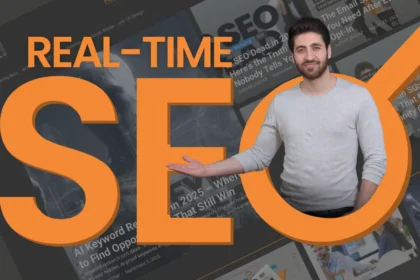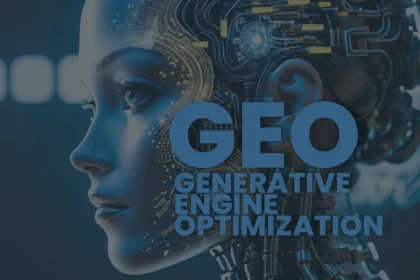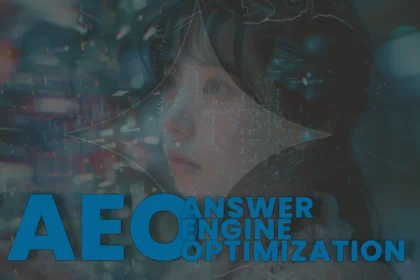In 2025, content has an expiration date. Google’s SGE, Bing Copilot, and AI engines like ChatGPT and Perplexity now prioritize fresh, continuously updated information. If your blogs and pages are outdated, they risk being ignored and no matter how strong they were when first published. The winners today aren’t just those who publish great content. They’re the ones who refresh and optimize it in real time.
This blog will cover:
- Why content freshness matters in the AI era
- How real-time SEO works
- Practical strategies for refreshing content
- A real case study of how updating old blogs drove massive traffic
Why Freshness Matters in 2025
Search engines and AI platforms have evolved:
- AI engines demand accuracy. Outdated stats = no citation.
- User trust depends on timeliness. Readers want current data.
- Google’s algorithms favor recency. Content updated in the last 6–12 months consistently ranks higher.
“In 2025, stale content is invisible content.”
What is Real-Time SEO?
Real-Time SEO is the practice of continuously monitoring, updating, and optimizing content to keep it relevant.
It’s not just publishing → waiting → hoping.
It’s a cycle of:
- Publishing a strong piece.
- Refreshing it with new data, examples, or insights.
- Re-optimizing for emerging keywords and AI queries.
Think of it as content maintenance, like keeping a car running smoothly.
5 Signs Your Content Needs a Refresh
- Blog was published more than 12 months ago.
- Outdated stats, screenshots, or references.
- Rankings dropped in GA4 or Search Console.
- Competitors are publishing newer, stronger pieces.
- Content lacks emerging keywords (like AEO, GEO, etc.).
“If 2+ of these apply, your content is due for a refresh.“
5 Practical Strategies for Content Refresh & Real-Time SEO
1. Update Stats & Data
Replace old numbers with current 2024–2025 stats.
Example: If your blog still references “ChatGPT in 2023,” it looks outdated.
2. Add New Case Studies & Examples
Fresh stories make your content more citable by AI engines.
3. Re-Optimize for Emerging Keywords
Search intent evolves. Add new long-tail keywords and conversational queries.
4. Improve Structure & Readability
Add bullet points, FAQs, and schema markup to improve AI readability.
5. Republish & Promote
Once refreshed, update the “last modified” date and share it again on social + email.
“Refreshing one old blog can drive more traffic than publishing three new ones.”
Case Study : HubSpot’s Refresh Strategy
HubSpot revealed that updating old posts was one of their highest ROI SEO strategies.
- They identified high-traffic blogs that were declining.
- Added new stats, examples, and sections.
- Republished with updated dates.
Result? HubSpot saw over 100% traffic growth on refreshed posts compared to untouched ones.
In the AI era, this is even more critical with Perplexity and Google SGE favour fresh data in their answers.

Download the Free AI-SEO Playbook: 10 Rules to Thrive in the Age of AI Search
Your Action Plan for Real-Time SEO in 2025
- Audit your existing content, find top posts older than 12 months.
- Prioritize refresh based on traffic + business relevance.
- Add new stats, FAQs, and structured data.
- Republish and re-promote.
- Repeat quarterly to stay visible.
Or, let us do it for you and request a Free AI SEO Audit. We’ll build your content refresh roadmap.
Conclusion
In 2025, SEO isn’t a one-time job. It’s a continuous cycle. The brands that win aren’t publishing the most but they’re refreshing the smartest.
By embracing Content Refresh and Real-Time SEO, you’ll:
- Stay visible in AI-generated answers.
- Keep your authority strong.
- Convert more readers with up-to-date credibility.












